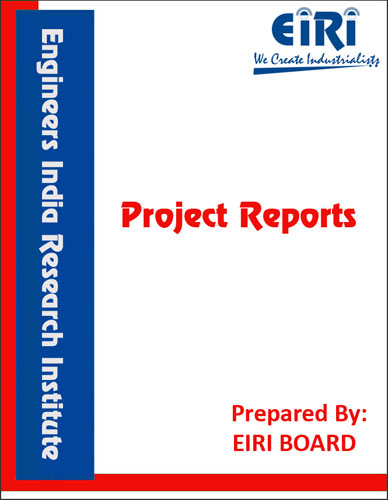COPPER WIRE MANUFACTURING FOR HOUSE AND INDUSTRIAL APPLICATIONS (PVC WIRE AND CABLES)
The project report includes Present Market Position and Expected Future Demand, Market Size, Statistics, Trends, SWOT Analysis and Forecasts. Report provides a comprehensive analysis from industry covering detailed reporting and evaluates the position of the industry by providing insights to the SWOT analysis of the industry.
We can prepare PROJECT REPORT as per your INVESTMENT PLAN for BANK LOAN REQUIREMENT and INDUSTRY ANALYSIS. All reports are prepared by highly qualified consultants and verified by a panel of experts.
Have Query? Click Here to Chat
Industry Expert is Online, Chat with him for more detail.

Wire is used to carry the current from one place to another A wire is a single conductor (material most commonly being copper or aluminium) while cable is two or more insulated wires wrapped in one jacket. Multiple conductors that have no insulation around would be classified as a single conductor.
Types of Electrical Wires
There are two main types of wires: solid or stranded.
A solid wire is a single conductor that is either bare or insulated by a protective colored sheath. It offers low resistance and are perfect for use in higher frequencies. When inside a covering there are many thin strands of wires twisted together, it is called a stranded wire. Stranded wires are used where flexibility is important because which the wire can be used for a longer period. These types of wire have larger cross-sectional area than solid wires for the same current carrying capacity. Stranding is process of twisting together of small wires to form a single larger conductor. Used to provide flexibility, ease of handling and vibration resistance
INRODUCTION
COPPER WIRE
PROPERTIES
ADVANTAGES OF PVC COPPER WIRE
USES AND APPLICATION
B.I.S. SPECIFICATIONS
MARKET SURVEY
ANALYSIS OF EXPORTS OF PVC COPPER WIRE
ANALYSIS OF IMPORTS OF PVC COPPER WIRE
MANUFACTURERS/ SUPPLIERS OF PVC COPPER WIRE
MANUFACTURING PROCESS
PROCESS FLOW CHART
PRINCIPLES OF PLANT LAYOUT
PLANT LOCATION FACTORS
EXPLANATION OF TERMS USED IN THE PROJECT REPORT
PROJECT IMPLEMENTATION SCHEDULES
SUPPLIERS OF RAW MATERIALS
COMPLETE PLANT AND MACHINERY SUPPLIERS
SUPPLIERS OF PLANT AND MACHINERY
APPENDIX – A :
1. COST OF PLANT ECONOMICS
2. LAND & BUILDING
3. PLANT AND MACHINERY
4. FIXED CAPITAL INVESTMENT
5. RAW MATERIAL
6. SALARY AND WAGES
7. UTILITIES AND OVERHEADS
8. TOTAL WORKING CAPITAL
9. COST OF PRODUCTION
10. PROFITABILITY ANALYSIS
11. BREAK EVEN POINT
12. RESOURCES OF FINANCE
13. INTEREST CHART
14. DEPRECIATION CHART
15. CASH FLOW STATEMENT
16. PROJECTED BALANCE SHEET



